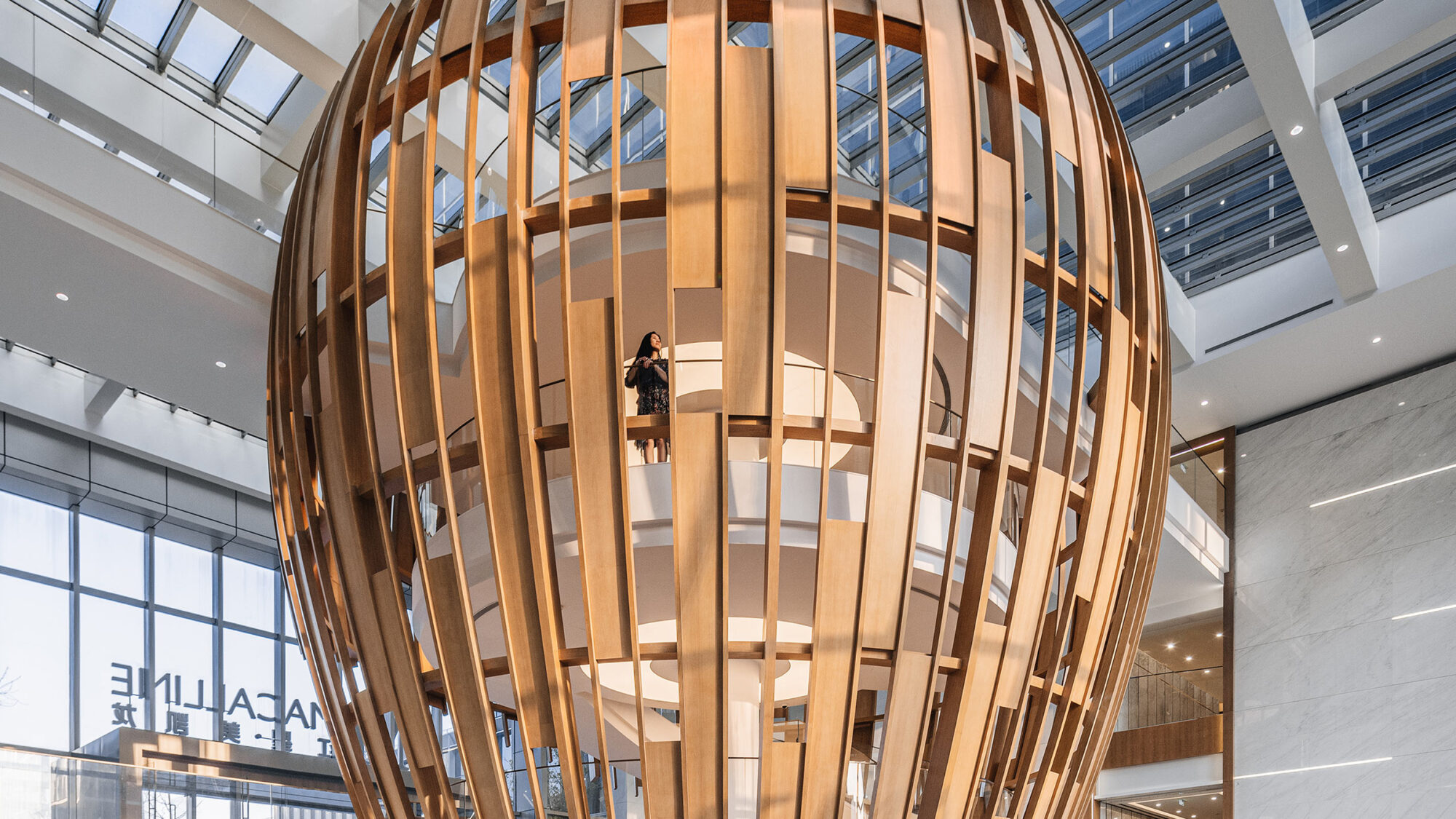




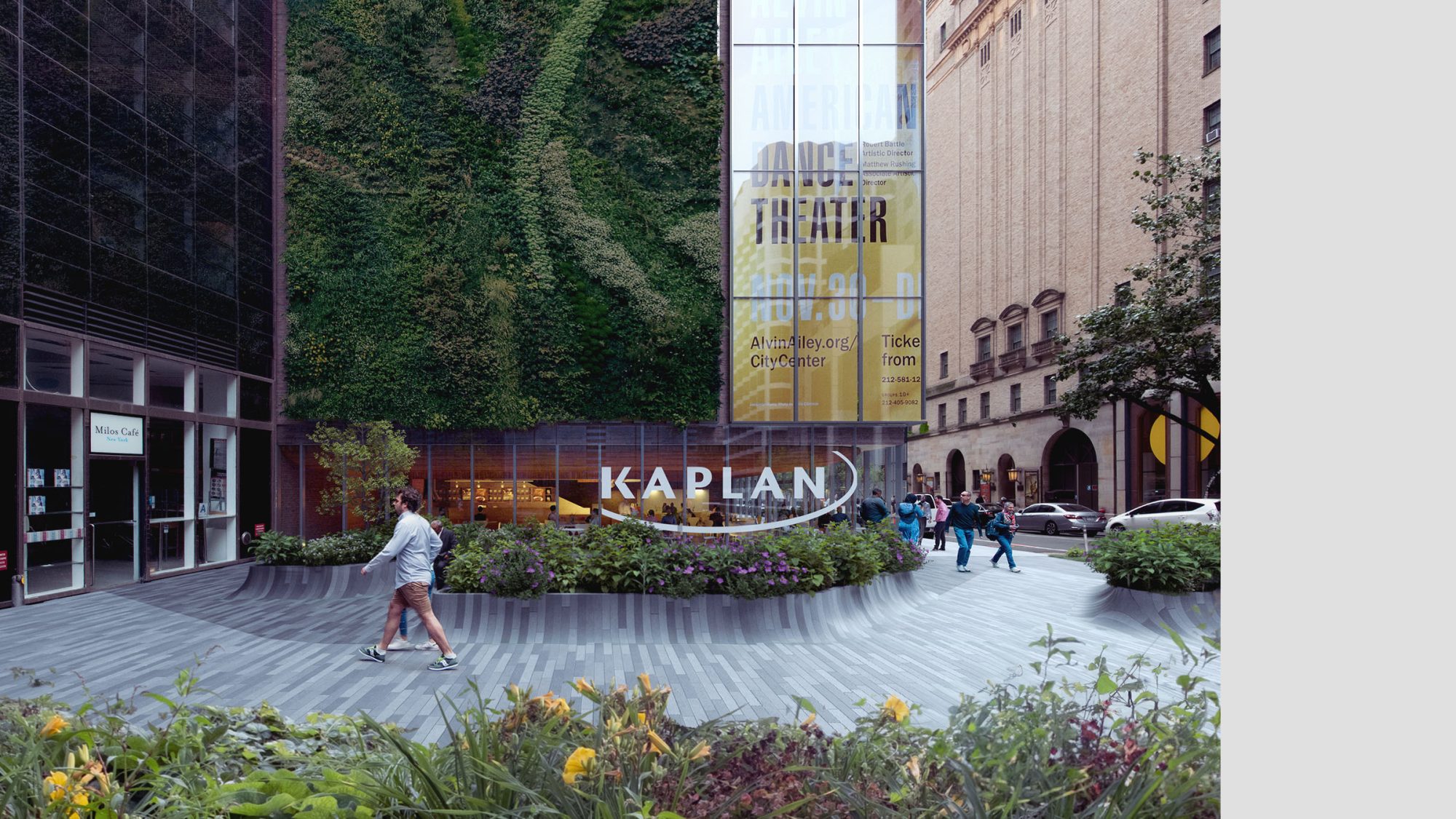
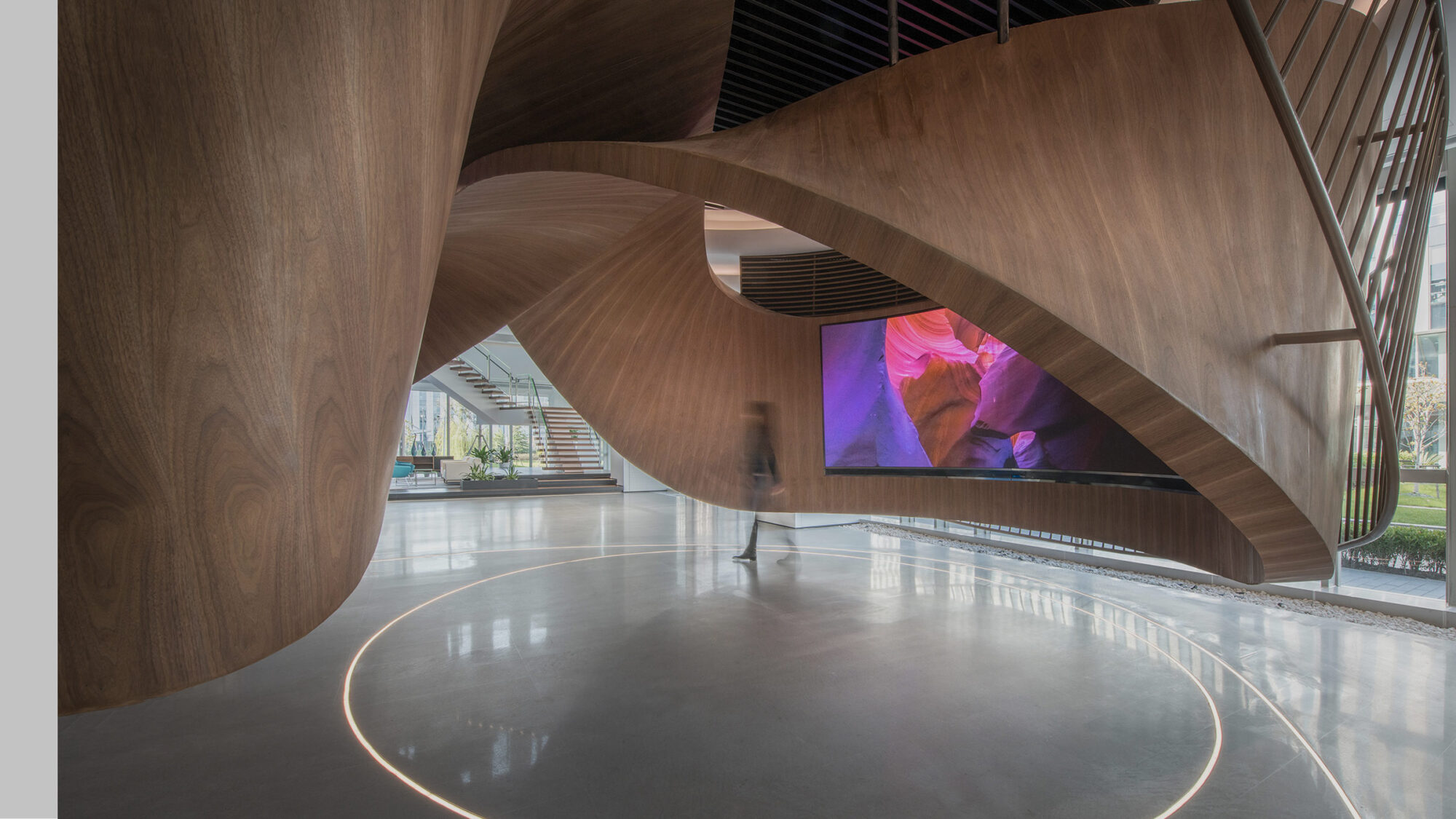
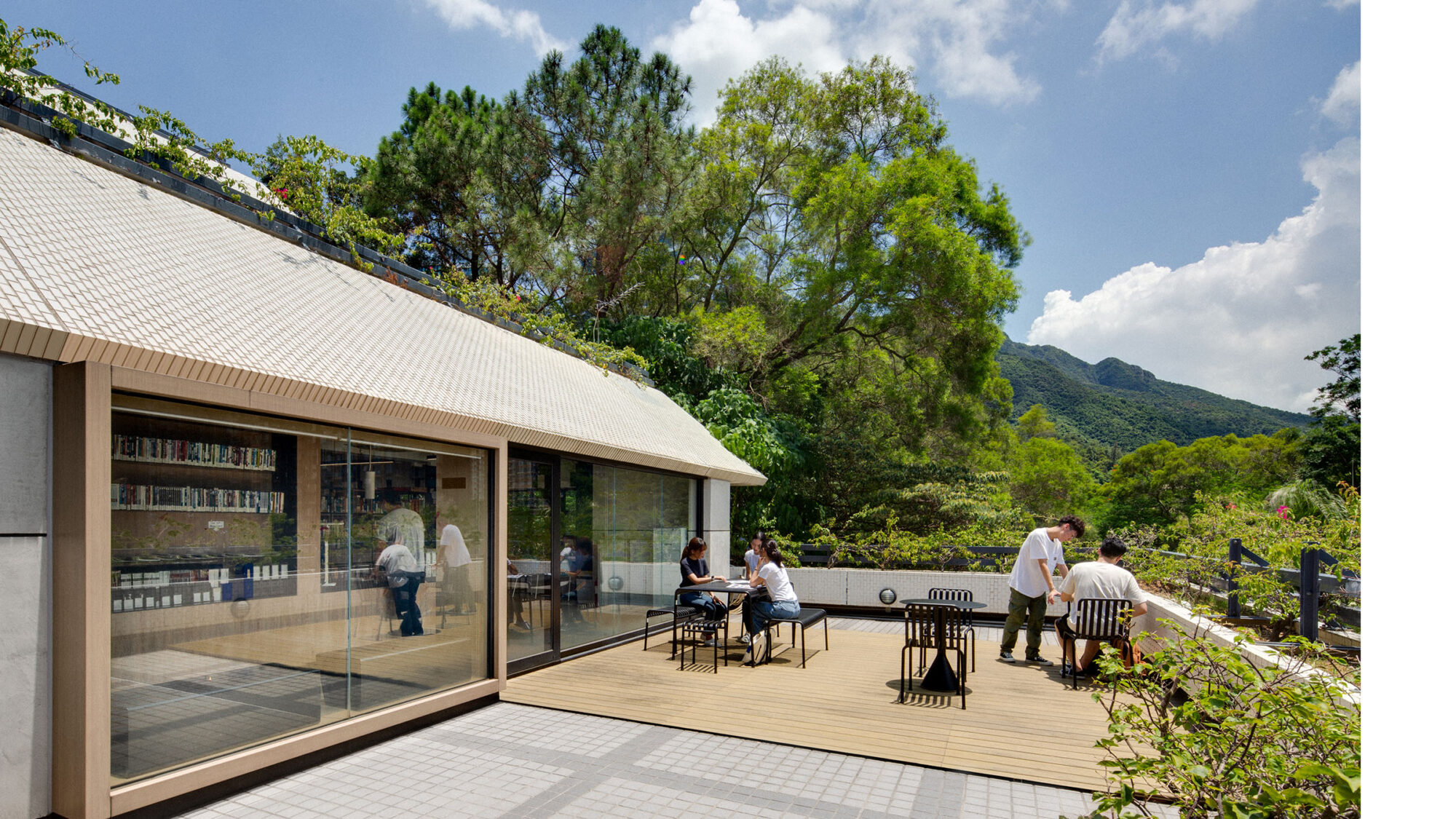


It’s midweek, and the office is deserted. Same last week. Same the week before. Across the legal sector, occupancy sits around 50%. And it’s not just hybrid working. If people aren’t coming in, the space isn’t giving them a good enough reason.
The office should offer what home can’t, experiences that add value to the day. If it doesn’t, why make the trip?
With rising real estate costs, hybrid now the norm and talent harder to retain, law firms are asking: what is the workplace really doing for us?

For many legal professionals, home working is a practical decision. If the office doesn’t offer more than a laptop and a screen, why spend time commuting, especially when every chargeable hour counts?
Low attendance often stems from offices that bring no clear advantage over home, hybrid working models that aren’t well supported, rigid layouts with limited choice and a lack of comfort or control over temperature, lighting and noise.
The message isn’t “I don’t want to be there,” it’s “I don’t need to be.”
That’s where workplace strategy comes in.
The office earns its place when it delivers what remote work can’t. It’s where matters stay on track through cross-team conversations, where trainee lawyers pick up skills by seeing how the work is done, where clients get the trust and credibility that only comes face to face, and where people feel connected to the firm beyond their own caseload.
We’re working with legal firms to give people reasons to choose the office.
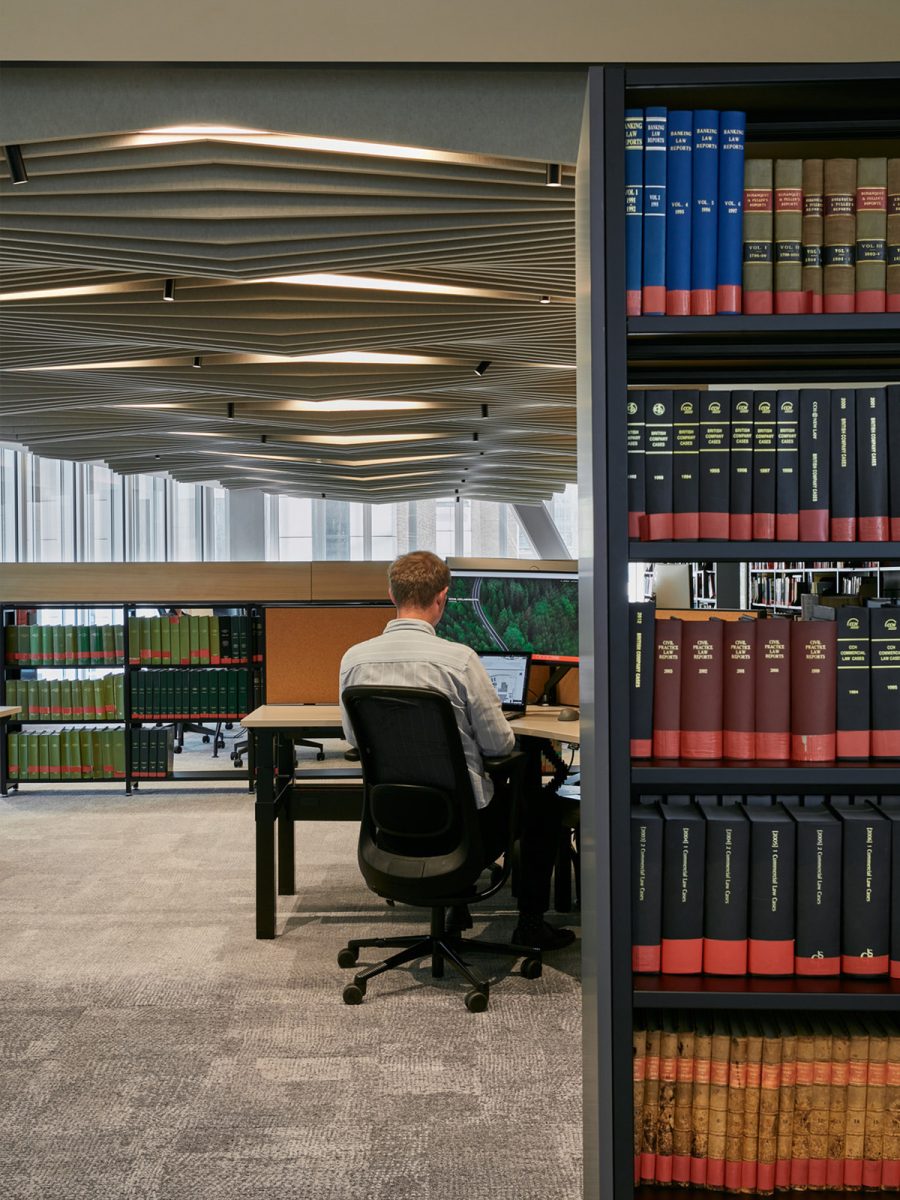

Our workplace strategy teams help law firms optimise the size and use of their real estate to deliver maximum business value.
The best strategies meet the demands of legal work while creating efficient, future-ready workplaces.
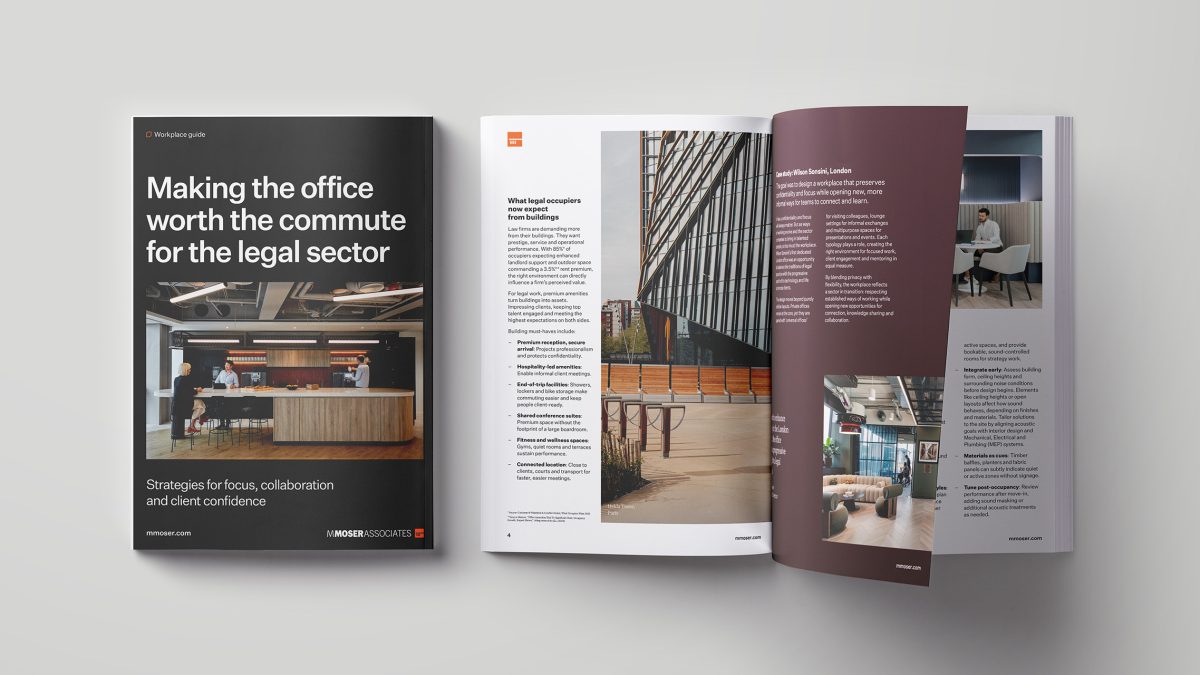
Rightsizing space is only the start. The real question is: what should that space be doing?
In this guide, we explore how leading firms like HFW, Pinsent Masons and Wilson Sonsini are rethinking their workplaces to get more value from every square foot.
What’s inside:
Whether you’re shaping the strategy or managing the asset, this guide shows how the legal sector workplace is evolving.
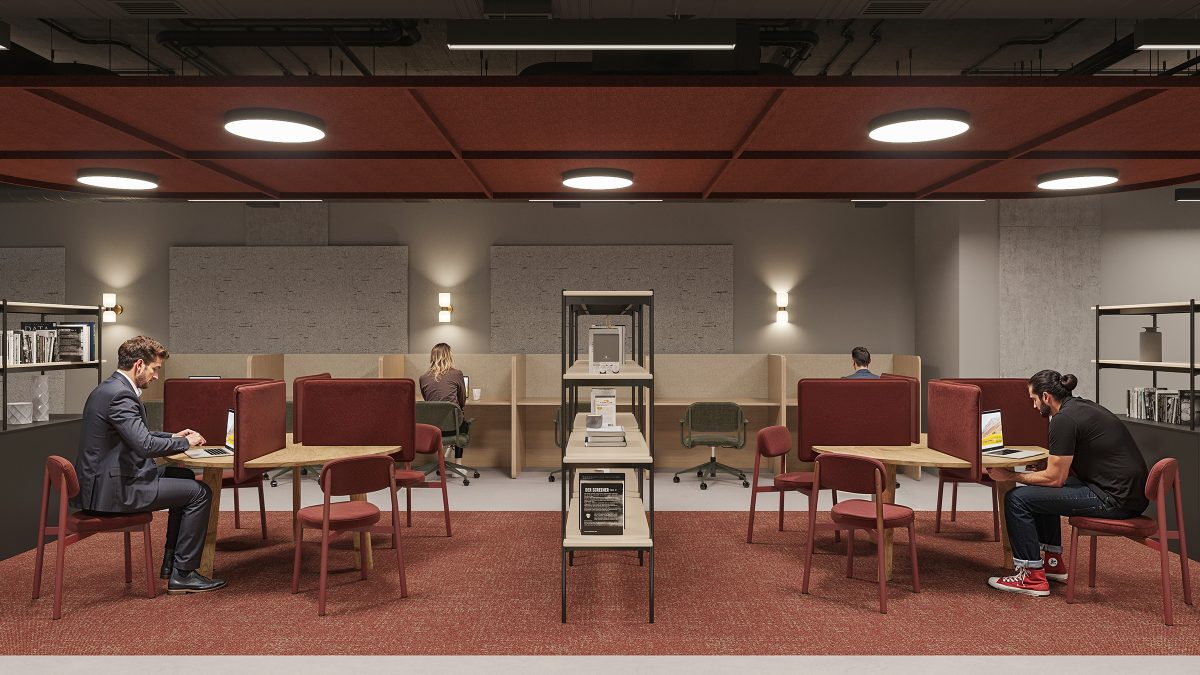
Transformation happens in mindset. Shifting from assigned offices to shared zones, from hierarchy to flexibility, takes more than a new floorplan. It takes trust, clarity and the right conversations.
That’s why we support clients in managing the change that comes with it. Helping leadership lead and teams adapt. Because when it’s done well, change isn’t disruptive, it’s what makes progress possible.
And it’s how the legal sector workplace moves forward.

Regional Director
Associate Director
Associate Director, Design
Associate, Workplace Strategy